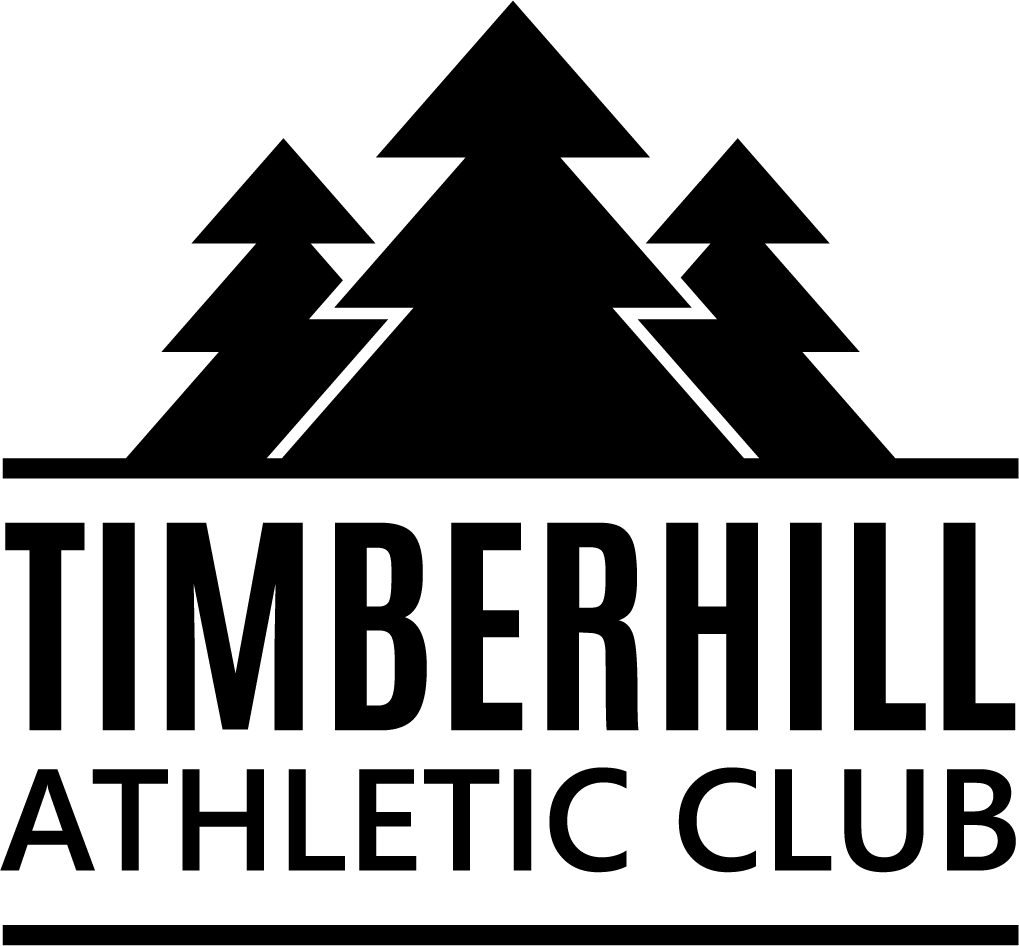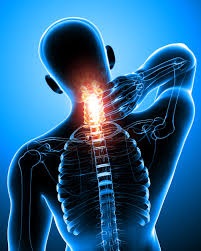Self-Care Neck Pain Relief By Siobhan Van Lanen
Recent studies are showing that millennials blaze through over 14 hours per week on their smart phones. Although technology is fascinating, the drawback is that its’ overuse is putting your body and mind in a state of stress. Neck and upper back pain from excessive engagement with digital devices is increasing rapidly. Everywhere you go, you can see people with the same hunchback postures, necks tilted downward, eyes fixated on smartphones and tablets. Necks forward while staring at computer screens also adds to eye strain, headaches and puts pressure on your spine and the muscles surrounding it.
There are two main repetitive cervical positions that we get into that create misalignments and over-use of muscles in the front of the neck. Forward flexion and forward head position both result in acute and chronic pain. But there are ways to manage neck pain in the digital age. First, is to be aware of your posture while using electronic devices and computers. Focus on postural alignment by maintaining a neutral neck position. Then, try to incorporate a 10 minute therapeutic routine with neck stretches and self-massage.
The downward flexion of the front of the neck with chin towards a sunken chest and rounded shoulders is now considered an epidemic. Commonly called ‘text neck,’ the repetitiveness of necks tilted at up to 60 degrees forward over time , results in an over-use of the cervical forward flexor muscles. Forward head position occurs when you are sitting or standing in front of your computer screen. Your neck is protracted forward with your earlobes over your chest. This position which causes overworked muscles in the front of your neck, also results in the back of the neck compressing, leading to muscle spasms.
To reduce and alleviate pain symptoms in the neck and upper back bring the neck into a supportive neutral position. Align your ear lobes directly over your collar bone so that the neck is poised in a straight line. Having a vertical, neutral neck position prevents over-use, muscle spasms, and headaches associated with poor posture.
Neck Stretches
- Side-Flexion and Contralateral/Ipsilateral Rotation
- Rotations
- Half-Circles
- Extensions
Hold stretches gently for up to 30 seconds before transitioning to the next position. While easing into the stretch, take a deep breath and focus on releasing on your exhale, the physical, mental, and emotional stress. You will begin to empty and let go of what has filled up in your mind, adding to the accumulation of physical pain.
Side-flexion is bringing your ear to your shoulder, side-bending your neck. Rotations involve horizontal rotation side-to-side or rotation at an angle such as contralateral and ipsilateral rotation. Half Circles are side-bending, forward-bending, and alternate side-bending. Extensions bring relief to the over-worked front neck flexors from ‘text neck.’
Self-Massage
- Kneading
- Acupressure
- Foam and rubber rollers
Using the index finger and thumb, gently grasp the muscle, kneading the two primary flexor muscles on the front of the neck called SCM (Sternocleidomastoid), which releases waste products from the muscles into the bloom-stream, reducing soreness. Acupressure with the flats of the thumbs and fingers on the muscle attachment point of SCM also helps to soften hard, fibrous muscle.
Foam and rubber rollers work wonders on the neck region. With leverage and body weight you can apply varying levels of pressure for soft-tissue manipulation. Be attentive to the depth of pressure that your neck muscles can tolerate. Soft foam rollers are a good start and work to relax and hydrate the fascia connective tissue. Rubber rollers are like a deep tissue massage so exercise precautions or consult with physician if needed, based on any existing acute or chronic health conditions.
Establishing a consistent therapeutic self-care routine can enhance your sense of well-being. You can integrate a short neck stretching and self-massage routine in combination with yoga stretching and Melt classes. If you have a tight schedule and can’t attend yoga classes, you at least owe it to yourself to integrate a short 10 minute routine so you can improve your quality of life and live with less pain.
Siobhan Van Lanen, BA, LMT, CYI instructs Yoga/Pilates at Timberhill Athletic Club Monday/Wednesday/Friday at 7:00 AM in Studio B. She is offering a Couples Workshop for Pain and Stress Relief on Saturday, April 15 from 1:00-2:30 PM in Studio B. The cost for members is $25 per couple and non-member are $35 per couple. Rejuvenate together while learning effective techniques for healing and relaxation; combining partner yoga, bodywork, acupressure, and foam rollers. Sign up at front desk or call 541-757-8559



Recent Comments